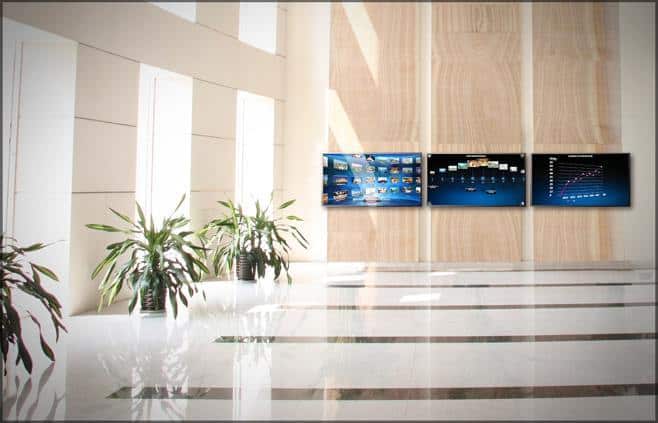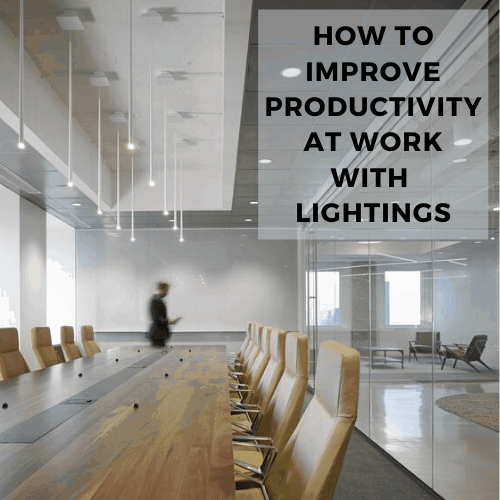
This is why most companies make it a point to manicure their workplace to get the best out of their people. Some will offer pantry with unlimited coffee or snacks; others will provide quiet rooms for the staff to relax during break times, while others will go as far as building gaming rooms with arcades and ping pong tables just to boost morale and get optimum performance.
There is a cheaper and more proven way, however to do this – using lighting! Consider how lighting can affect productivity in your workplace and do something about it.
PRODUCTIVITY AND LIGHTING RELATIONSHIP BASED ON SCIENCE
There have been various researches and thesis on the effects of lighting quality on working efficiency. A research by CBRE on employee health showed 12% improvement in task performance when the right lighting is used. Furthermore, a study in 2003 by Boyce concluded that lighting has a big impact on mood and interpersonal relationships at work, hence job satisfaction.
According to Stanley Felderman, a famous design studio owner, “Light has an enormous effect on our physical and mental well-being”. He also insisted that it is naturally in people’s DNA to perform well under specific lighting. Thus, we react differently depending on the light on our environment.
Even psychiatrists acknowledge the effect of lighting not just on productivity but also on mood and health. Take for example the ailment called Seasonal Affective Disorder (SAD), which requires light therapy for those suffering from it.
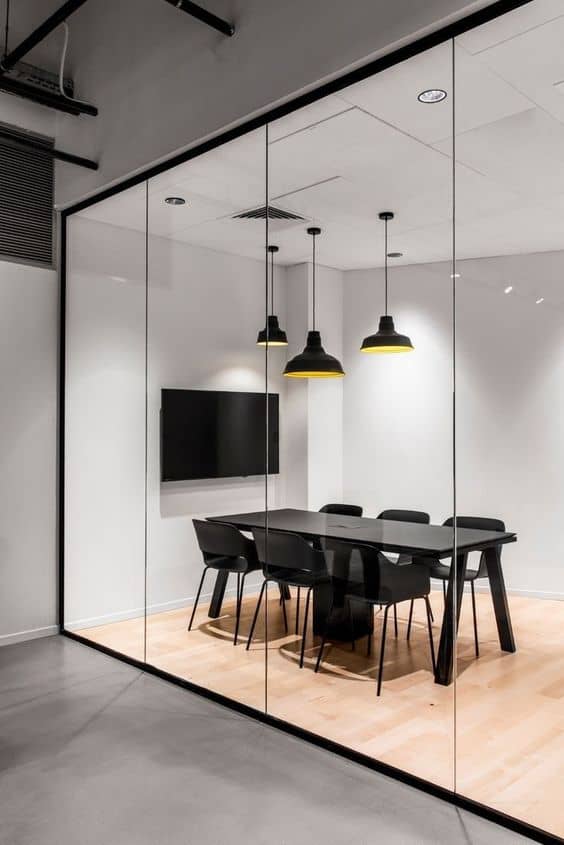
PhotoCr: Sacred Architecture
Now that it is established that lighting really affects people and productivity in particular, what are the things that we can do to exploit the power of lighting and get the best from ourselves or our people at work? Below are pointers on how to improve productivity at work with lightings.
1. Start with Natural Light
Natural light is where it all begins. Allowing more natural light into your workplace is the cheapest lighting you can get. World Green Building Council listed access to daylight as “one of the most important features of a healthy workplace”. According to studies, cooler light for workplaces produce more productivity among workers. This is because exposure to natural lighting boosts energy, mood levels, and happiness.
The best and most common way to utilize natural light is by installing clear glass windows. You can also add frosts or tints on the window, depending on your preferred level of natural light. Skylights are also an option.
However, you should also factor the location of your building or office. Are you on a venue where the sun sets or the sun rises (morning sun or afternoon sun)? If you allow too much natural light, which in effect forces you to install blinds or curtains and eventually using them heavily, then you are defeating the purpose of natural lighting. You have to think this through well.
2. Understanding Variations in Lighting
Understanding the variations in lighting is also important in improving productivity at your workplace. Perhaps one of the more basic knowledge on lighting that you should be aware of is that the temperature of light is measured in Kelvin (K). It can be confusing since it is referred to as “temperature” yet it defines the color of your light. In actual, the light defined in Kelvin (K) is a numerical measurement of the color produced when heated in high temperature.
Below are the basic color temperatures in light sources:
- 4600K and above (Higher Color Temperature)- Blue-white in appearance usually called cool or daylight colors
- 3,100K to 4,600K (Mid-range Color Temperature) – Cool white in Appearance
-
3000K and below (Lower Color Temperatures) – Red to Yellowish-White commonly called warm light
3. Choosing the Right Lighting Temperature
The lighting you choose will depend on the function of each room in your office. We can divide the common commercially available lights into three categories based on its lighting temperature. These are Warm (below 4,000K), Mid (4,000K-5,000K) and Cold (Above 6,000K).
Warm lighting is recommended if you want to create a sense of comfort and relaxation in the work place. This is then suitable for break rooms such as pantry rooms or quiet rooms. Mid lighting aids in making workers feel welcome but still good enough to promote a sense of alertness to pay attention. Hence this is best for conference rooms where meetings and gatherings are held. Lastly, cold lighting, improves alertness, mood, and productivity. This is advisable for brainstorming rooms where you really need to have your mind working.
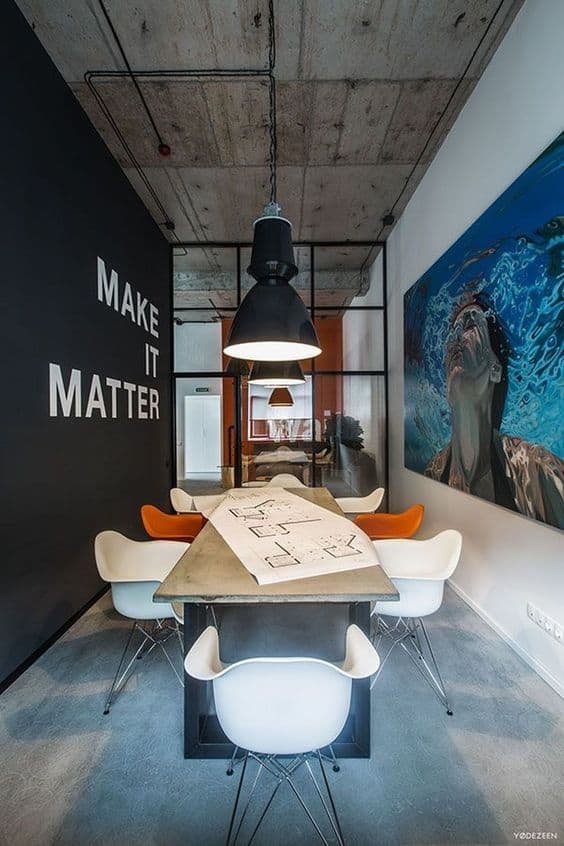
PhotoCr: Dekoration City
4. Go for LEDs
LEDs are usually known for its economic advantages. But besides the energy efficiency value it provides, it can also be an alternative to natural lighting. This is why LEDs are widely used in offices while fluorescent lights are rapidly becoming outdated.
A study submitted to the International Journal of Industrial Ergonomics compared fluorescent light to three different types of LEDs. In all test runs, people who worked under LED lighting performed better on visual and cognitive tasks compared to those who worked under fluorescent lights.
Also, the best thing about LEDs is that it is widely available on the market and there are many options to choose from! Shop for bulbs here.
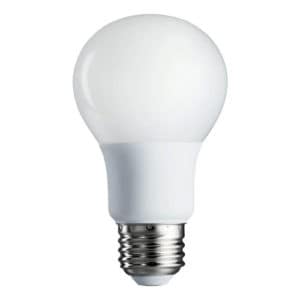
Check this out: Standard LED Bulbs
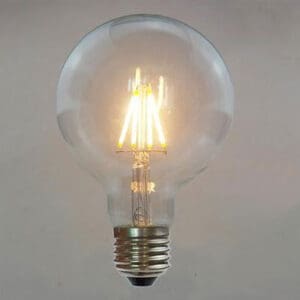
Go with: LED Edison Bulbs
5. Provide Lighting Options
It is also essential to provide more lighting options at your workplace. With this, employees can get a greater sense of comfort while feeling in control over their surroundings. You must also consider that despite numerous studies and award winning researches, people are naturally different from the other. There could be some who prefer different lighting from the rest. This is why it’s good to provide dimmers when possible to provide flexibility.
Additionally, you can also provide lamps or individual lights that can be turned off on the preference of a person. Doing this can also help you save electricity since lights not needed can be turned off.
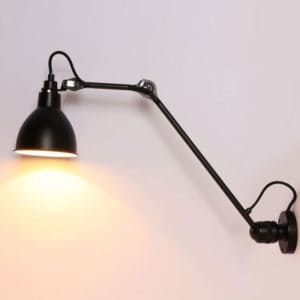
Get this: BJOERN A Step Forward Extending Lamp
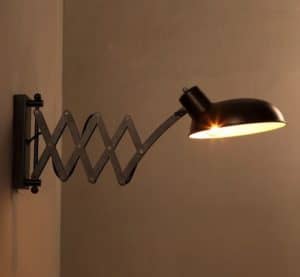
Opt for this look: Pandani Long Arm Wall Lamp
6. Brighten up Dim Spaces
It has been established that natural lighting is the best for productivity. We have also implied that LEDs are good alternatives for natural light. Does this mean that dim lighting in the office is not acceptable? There are several studies claiming that working on dimly lit spaces diminishes the ability to retain information. However, this is yet to be proven scientifically. But knowing the effects of good lighting, are you willing to take the risk? After all, the biggest disadvantage of dim lighting is eye strain for the people.
Again, you can provide dimmers to respect people who prefer an indistinct environment.
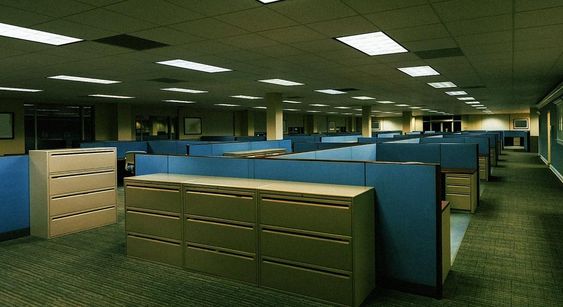
PhotoCr: GilTeeShots
7. Consider Blue Light – Know its Pros and Cons
The best substitute to artificial lighting is “blue-enriched” light bulbs. Studies have shown that working under “blue-enriched” light bulbs with a temperature of light in 17,000K increases work performance. Experiments have proven that using the said lights improve workers’ mental acuity, vitality, and alertness. All these are possible while also reducing daytime sleepiness and fatigue. Other researches also claim that exposure to blue-enriched lighting can make workers feel happier and more alert.
Although these benefits are tested and proven, there are negative effects attributed to too much exposure to blue enriched lighting. This includes disrupted sleep cycles, eye strain, and magular degeneration.
Knowing its cognitive benefits and negative effects, it is recommended to install blue-enriched light bulbs only on certain parts where alertness and enthusiasm are required but not used all the time. Take for example a brainstorming room, which will only be used two to three hours in a day. Inside the brainstorming room with blue-enriched lighting installed, the people can feel invigorated and excited while working on new ideas and plans.
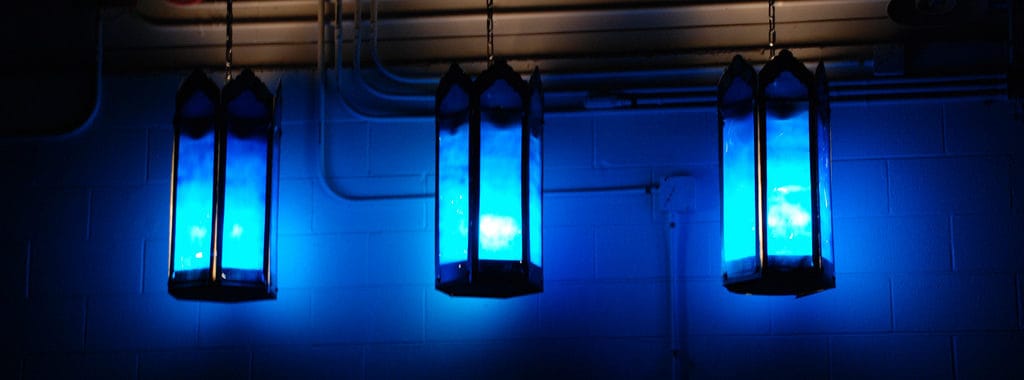
PhotoCr: IBTimes India
Additional Recommendation:
Programmable lighting is rapidly becoming popular in office settings recently. The basic idea is that LED lights, blinds, and other control systems are already programmed on a specific hour of the day. Particularly, lights are programmed to change when workers’ productivity usually take a dip such as mid-afternoon. It can also be an option to have workers’ take control of this depending on their needs.
Conclusion
Small businesses and freelancers form a big part of any country’s working sector. With this, it is imperative for any business or professional to invest in innovations such as lighting to come up with better outcome. Having good lighting at work can provide good mood, alertness, less mistakes, and productivity. Furthermore, improvement of people in the workplace will not only benefit the company but can also boost a person’s confidence and well-being that they can eventually bring outside of work. Hence, good lighting will not only improve the productivity at your workplace but can even make an actual difference in life.
